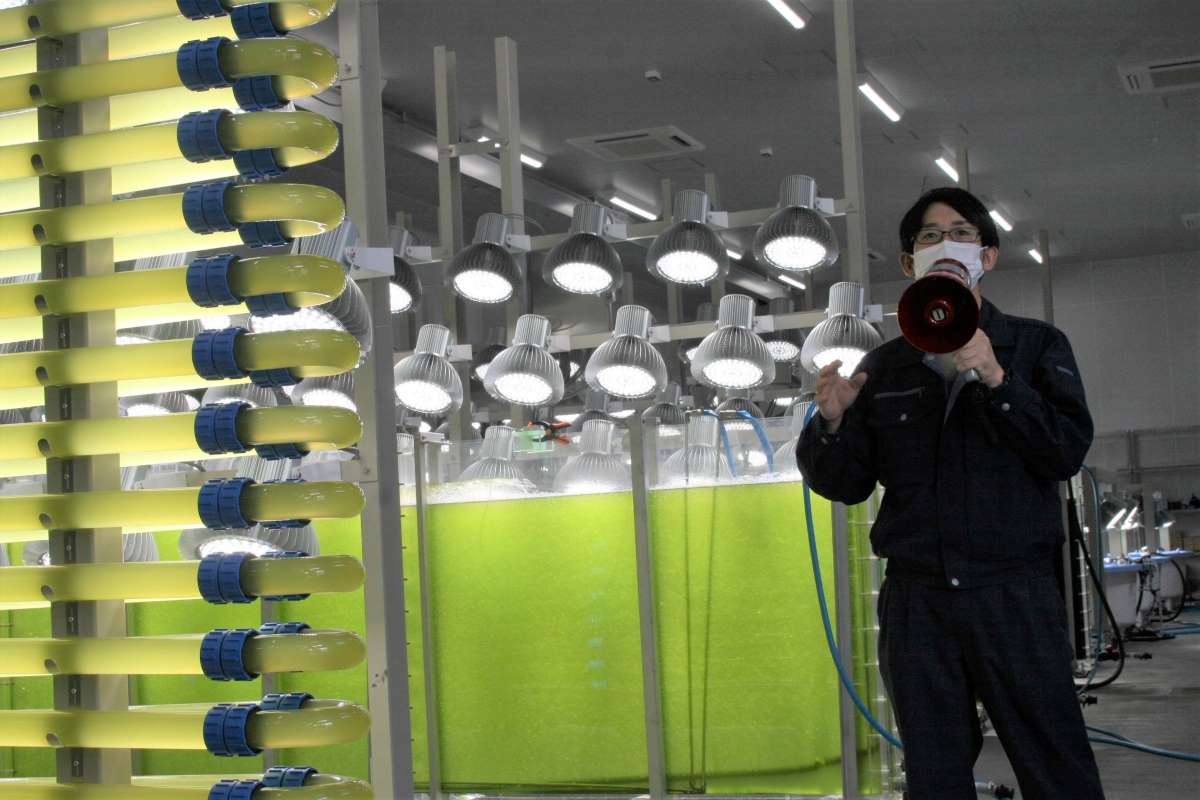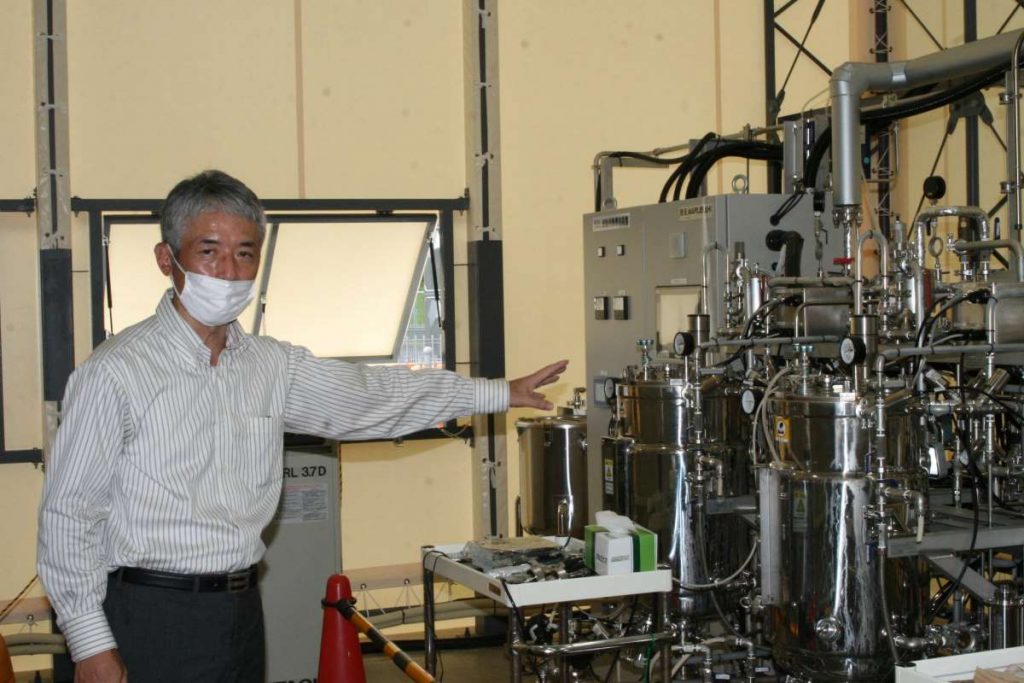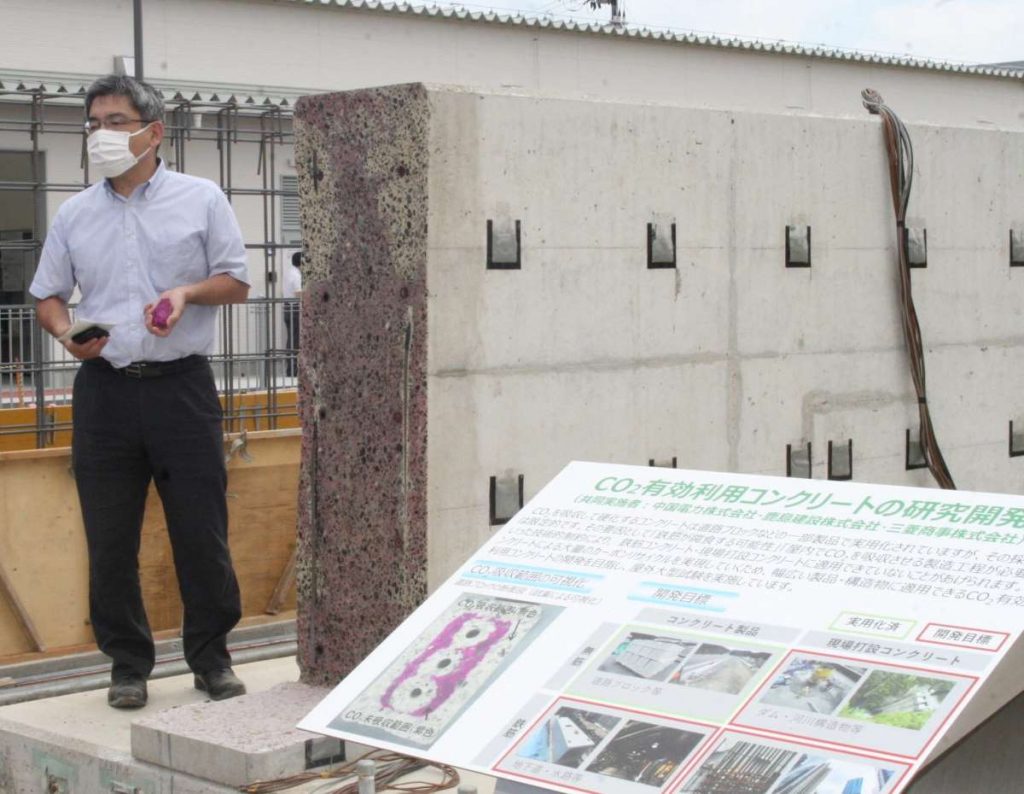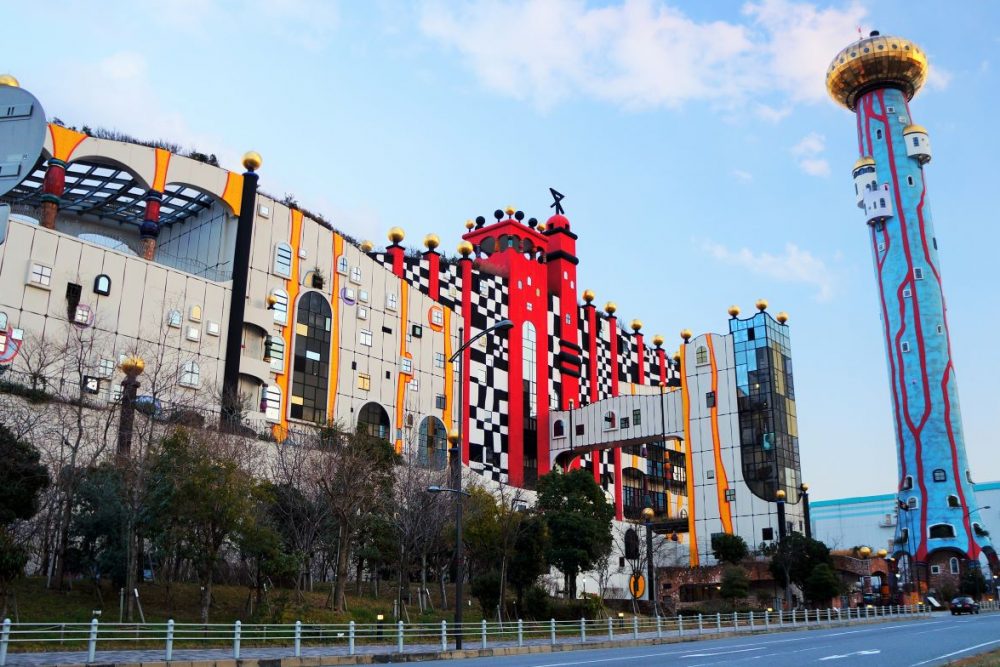Using CO2 as a Valuable Resource Is Key to Japan's Decarbonization
Researchers at Japan's first research facility on carbon recycling are working to find ways to put CO2 to work to achieve the country's decarbonization goal.

このページを 日本語 で読む
Carbon recycling technologies that use carbon dioxide (CO2) as a resource are gaining attention as a means to attain Japan’s decarbonization goal of net zero greenhouse gas emissions (carbon neutrality) by 2050.
Even as technological innovation progresses, a certain amount of CO2 emissions cannot be avoided. If a scheme for producing chemical products and fuels using CO2 as a resource could be established, emissions could be reduced, bringing Japan closer to its carbon neutrality goal.
In mid-September, Japan's first large-scale research facility on related technology was completed based on cooperation between industry, academia, and the government. Japan has a competitive edge in many fields, although issues of production cost remain, and research related to these fields is attracting attention.
Converting Emissions into Products
“We must find ways to create value from CO2, and partnerships are essential.” “We have to create the conditions for the market to accept products (made from CO2).”
These were statements made at the International Conference on Carbon Recycling, held on September 26 and sponsored by the Ministry of Economy, Trade and Industry (METI). Representatives from industry, academia, and government were involved.
This year marked the fourth time the conference, which garnered roughly 1,200 participants, was held. Twenty-three countries were represented by government officials, international organizations, and researchers.
Lively discussions and exchanges of opinions took place over the four-hour session on how policies to promote the circulation of goods made from carbon recycling.
New Facility on Carbon Recycling Technologies
The Japanese government plans to reduce CO2 emissions to achieve carbon neutrality by 2050 based on encouraging the widespread use of solar, wind, and other renewable energies, and effective utilization of nuclear power.

However, a certain level of CO2 emissions, such as those from steel and chemical factories, are unavoidable. To reach carbon neutrality, ways to reduce these unavoidable CO2 emissions from industry will be key.
Hopes are high for carbon recycling, using CO2 as a resource and an effective solution to this challenge.
METI provides financial backing for cooperation between industry, academia, and the government on the research and development of new technologies. It also proactively cooperates with other countries researching in the field, including the US.
Osaki-Kamijima (Hiroshima Prefecture) is an island located in the middle of the Seto Inland Sea, home to Chugoku Electric's Osaki Power Station. On this approximately 14,300 m2 site, the New Energy and Industrial Technology Development Organization (NEDO) recently completed Japan’s first large-scale research facility based on cooperation between industry, academia, and the government.

Universities and companies will use the facility to conduct foundational research and experimental studies on ten different topics, including storing CO2 in concrete and the efficient production of seaweed that serves as raw material for sustainable aviation fuel (SAF). Replacing petroleum-based fuels and chemicals with products made using CO2 as a resource is expected to reduce carbon emissions.
"Carbon recycling is a key technology for achieving carbon neutrality. We hope our facility will contribute to the practical implementation of these technologies in society in the near future," said Ryuji Satomi, Parliamentary Vice-Minister of METI, at the opening ceremony held on September 14.
METI has the widespread use of SAF and other chemical products slated for the 2030s in its technology roadmap for the expansion of carbon recycling technologies. If successful, METI plans to further expand the use of a wider variety of products by the 2040s.
High Costs A Challenge
SAF is not the only product born out of carbon recycling. Research is underway on concrete that absorbs CO2, ingredients used in health foods, plastic bottles, and more. However, reducing high production costs is a challenge shared by all.
The cost of manufacturing SAF is currently more than ten times that of petroleum-based jet fuel.
A researcher from the Institute of Microalgal Technology, Japan, who studies the seaweed that serves as raw material for SAF, remarked, "How to reduce production costs is a challenge."
Work is ongoing at the new facility aimed at making seaweed production more efficient to lower the cost of SAF manufacturing. Researchers are experimenting with a range of light intensity and water temperature settings.

Concrete is relatively easy to use for making roads. However, like SAF, making concrete that stores CO2 comes with high production costs. According to a representative of Chugoku Electric Power involved in the research, it is three to five times more costly than conventional concrete.
Furthermore, CO2-storing concrete is more acidic than the more alkaline conventional concrete, so comes with a higher risk of corroding the steel used in bridges and the foundations of high-rise buildings. Finding a solution for this technical challenge will likely raise production costs even more.
Solutions to these various issues must be found for these technologies to be put into use in the near future.
Can Japan Compete Internationally?
There are several areas in which Japanese companies and universities currently have a competitive edge internationally. These include technologies related to carbon recycling, such as the separation and retrieval of CO2.
However, European and North American countries are also quite active with government-backed research projects, and competition on new technologies is increasingly fierce.
Government policy will be instrumental if Japan is to produce tangible results and take the lead on the world stage in carbon recycling.
METI is called upon both to effectively use the two trillion yen fund allocated to support the NEDO research facility and companies proactively engaged in decarbonization technologies, and to carry out joint research with other countries.
このページを 日本語 で読む











